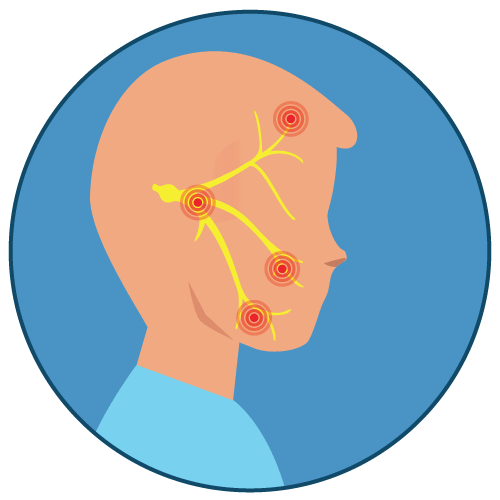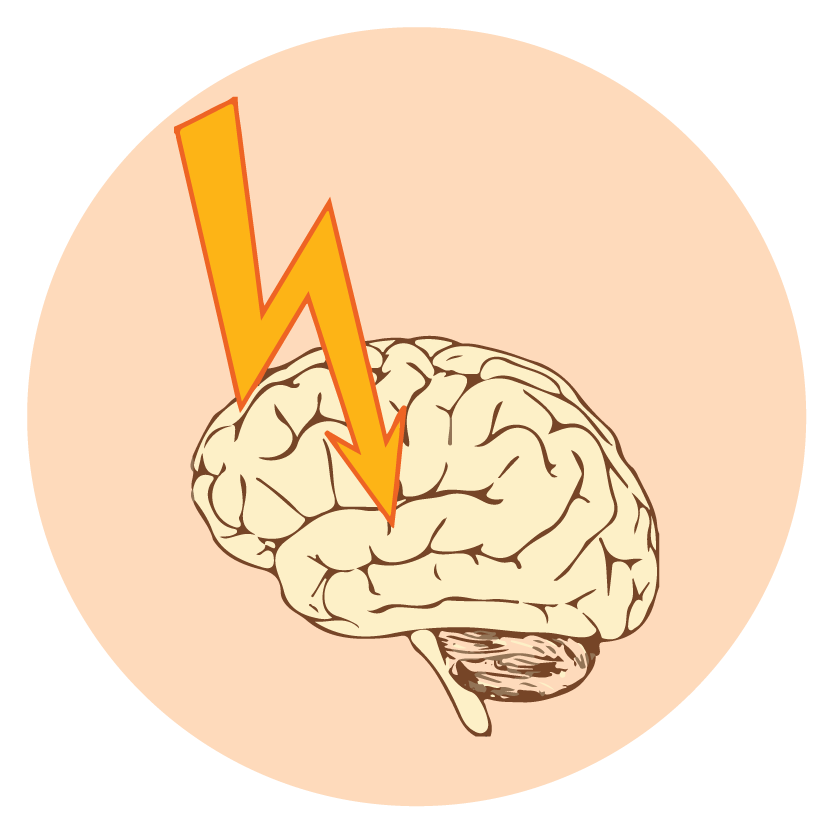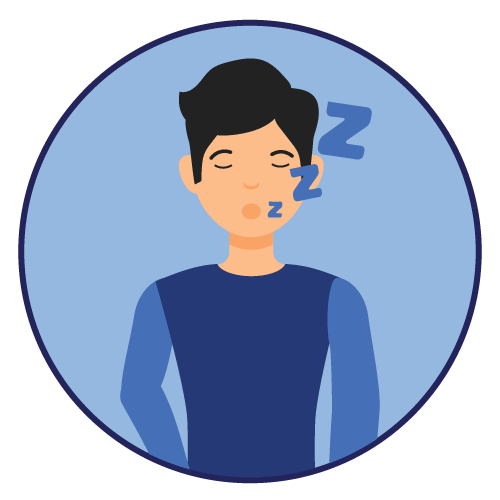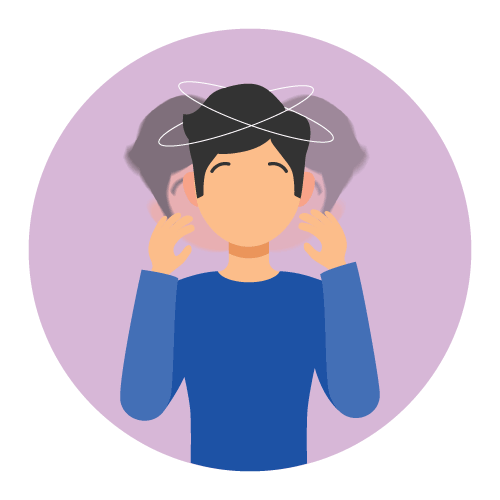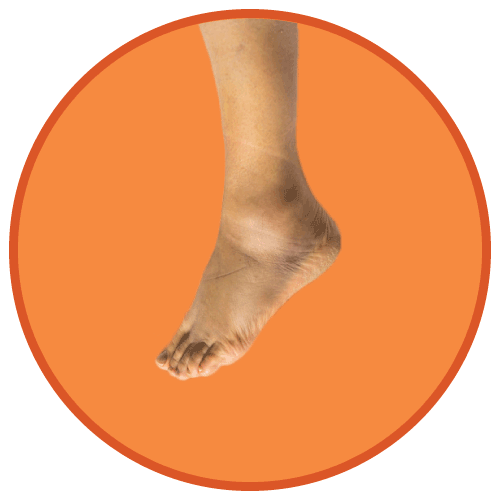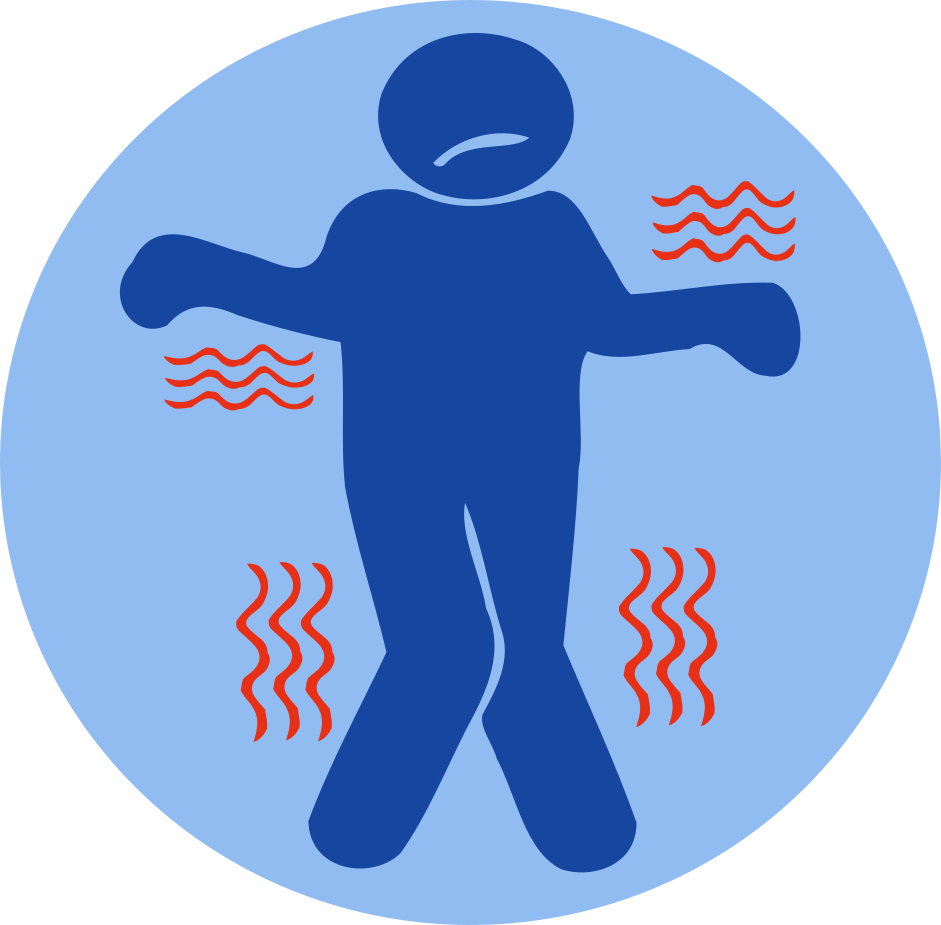| Name | Gabapentin |
| Classes |
Central Nervous System Agent Anticonvulsant / Antiepileptic Agent Psychotherapeutic Agent GABA Analogue |
| Diseases |
CNS Disorder Seizure Shingles |
Gabapentin
Gabapentin belongs to a class of drugs called the anticonvulsants. It is unknown exactly how gabapentin produces its analgesic and antiepileptic effects. Gabapentin has a similar structure to the neurotransmitter gamma-aminobutyric acid (GABA), but it has no effect on GABA binding, uptake, or degradation. In vitro studies have shown that gabapentin binds to the 2 subunit of voltage-activated calcium channels with high affinity; however, the relationship of this binding to gabapentin's therapeutic effects is unknown.
Postherpetic Neuralgia
- Dose can be titrated up as needed to a dose of 1800 mg/day
- Day 1: Single 300 mg dose
- Day 2: 600 mg/day (i.e., 300 mg two times a day)
- Day 3: 900 mg/day (i.e., 300 mg three times a day)
Epilepsy with Partial Onset Seizures
- Patients 12 years of age and older: starting dose is 300 mg three times daily; may be titrated up to 600 mg three times daily
- Patients 3 to 11 years of age: starting dose range is 10 to 15 mg/kg/day, given in three divided doses; recommended dose in patients 3 to 4 years of age is 40 mg/kg/day, given in three divided doses; the recommended dose in patients 5 to 11 years of age is 25 to 35 mg/kg/day, given in three divided doses. The recommended dose is reached by upward titration over a period of approximately 3 days
- Dose should be adjusted in patients with reduced renal function
Most common adverse reactions were:
- Postherpetic neuralgia: Dizziness, somnolence, and peripheral edema
- Epilepsy in patients >12 years of age: Somnolence, dizziness, ataxia, fatigue, and nystagmus
- Epilepsy in patients 3 to 12 years of age: Viral infection, fever, nausea and/or vomiting, somnolence, and hostility
- Drug Reaction with Eosinophilia and Systemic Symptoms (Multiorgan hypersensitivity): If an alternative etiology cannot be established, the treatment should be discontinued.
- Anaphylaxis and Angioedema: Stop immediately and evaluate the patient.
- If Gabapentin is abruptly discontinued, patients with seizure disorders may experience an increase in seizure frequency.
- Driving Impairment; Somnolence/Sedation and Dizziness: Warn patients not to drive until they have gained sufficient experience to assess whether their ability to drive or operate heavy machinery will be impaired
- Suicidal Behavior and Ideation: Suicidal thoughts/behavior should be monitored.
Contraindication
Contraindicated in patients with known hypersensitivity to gabapentin.
None known.
None known.
 Bangla
Bangla English
English